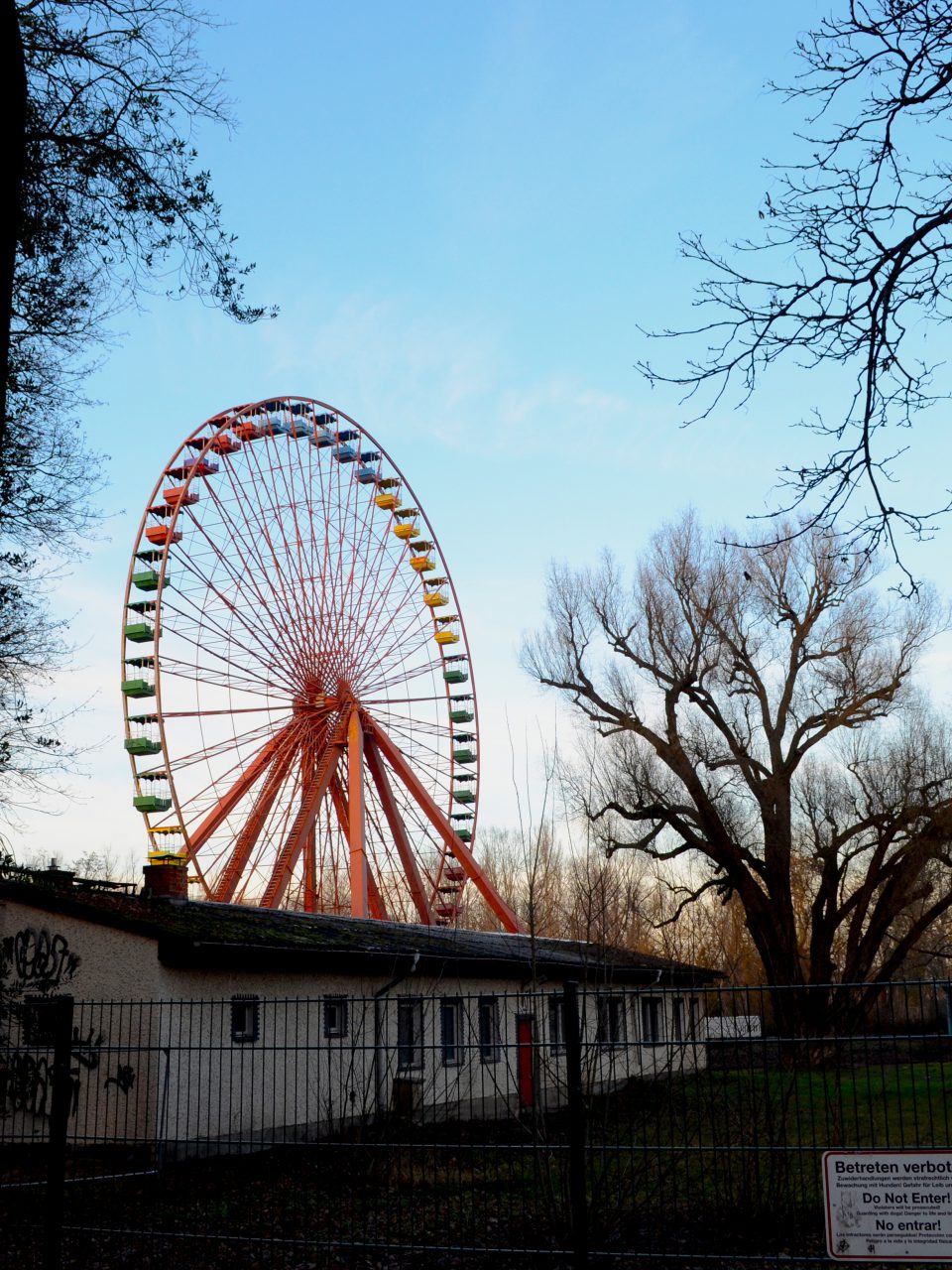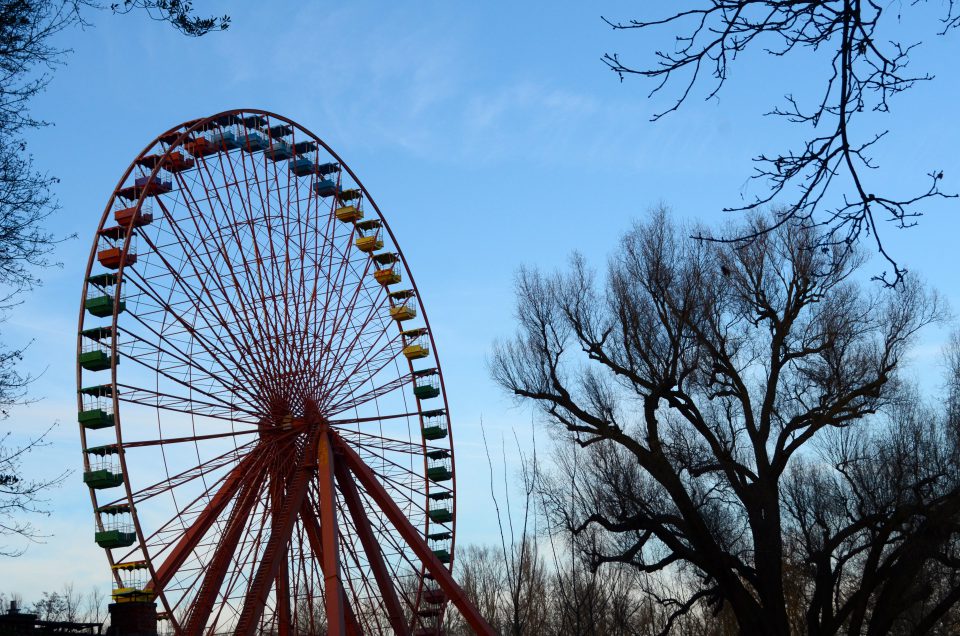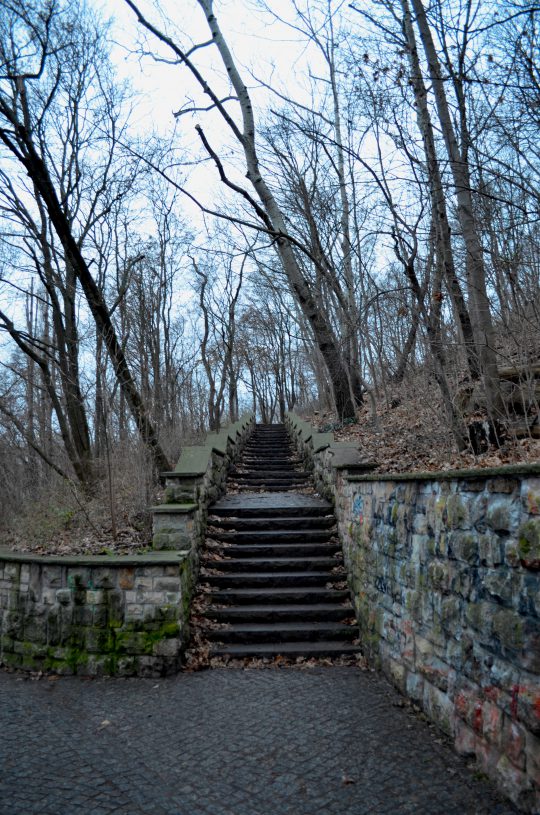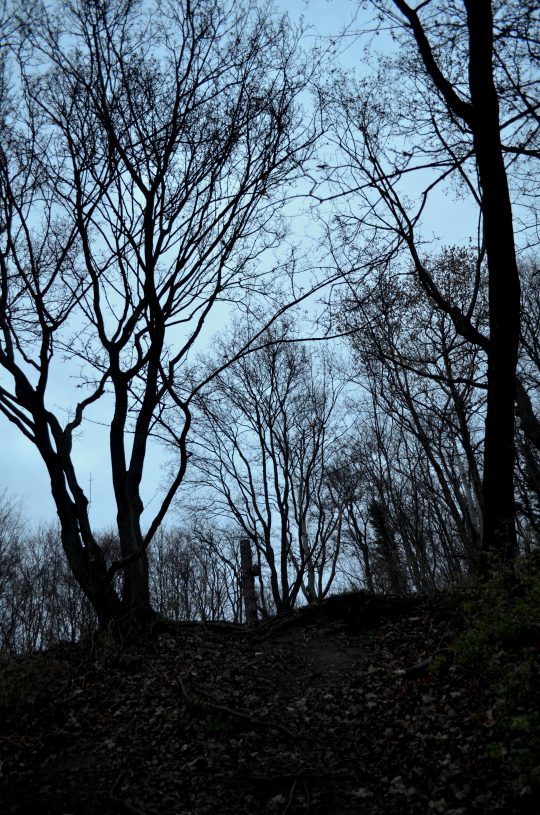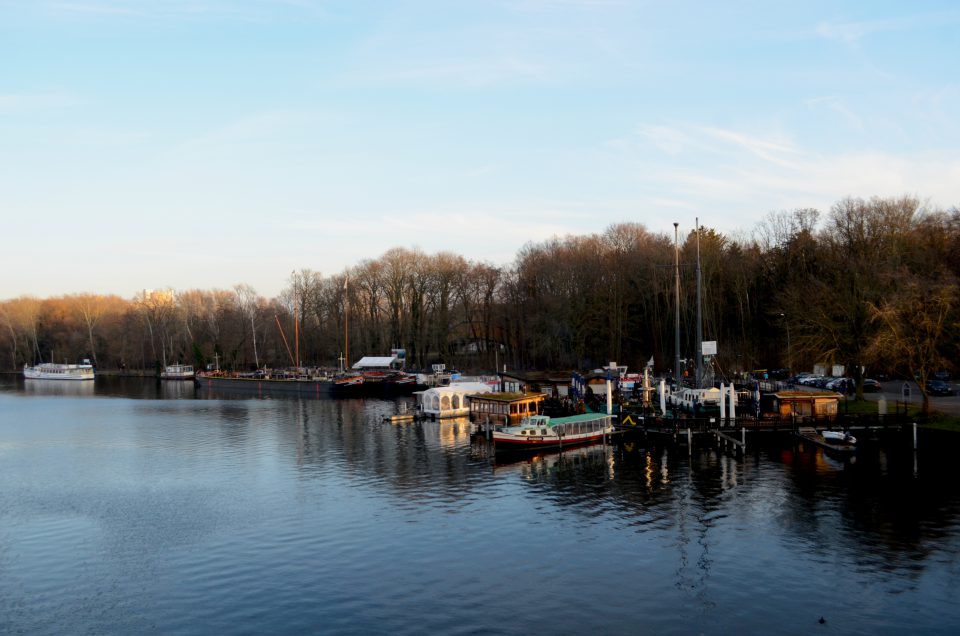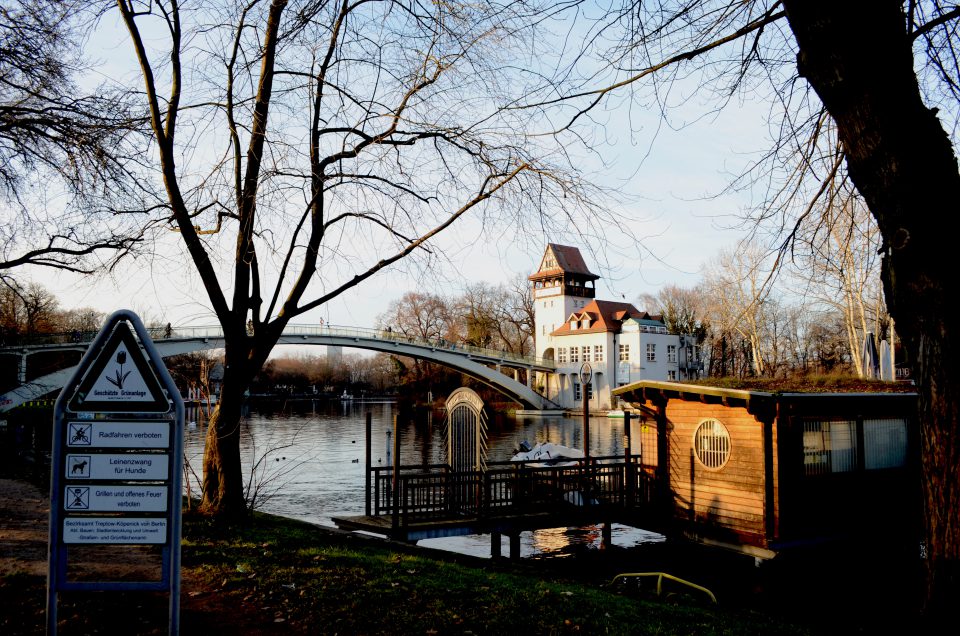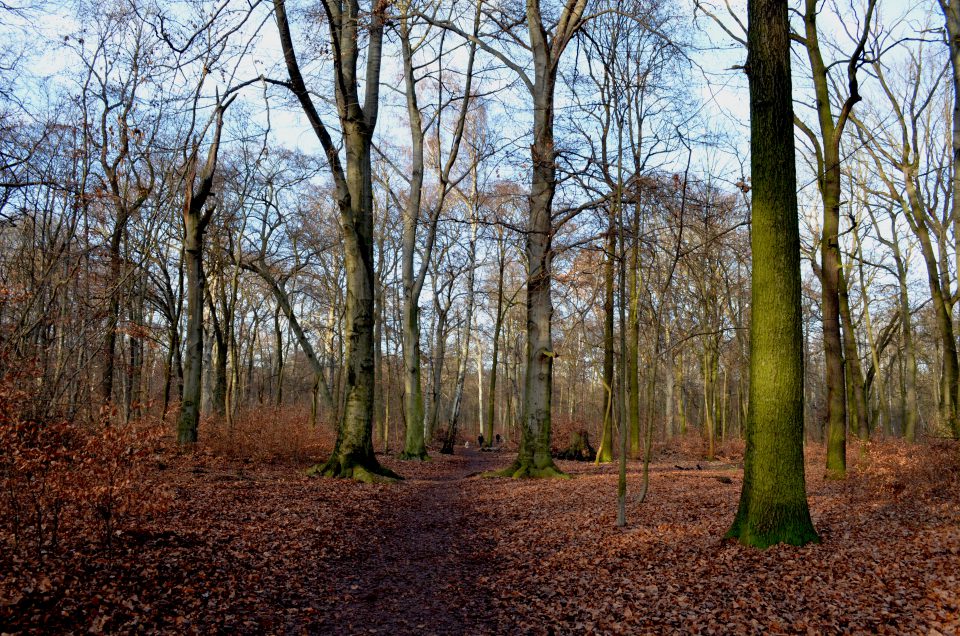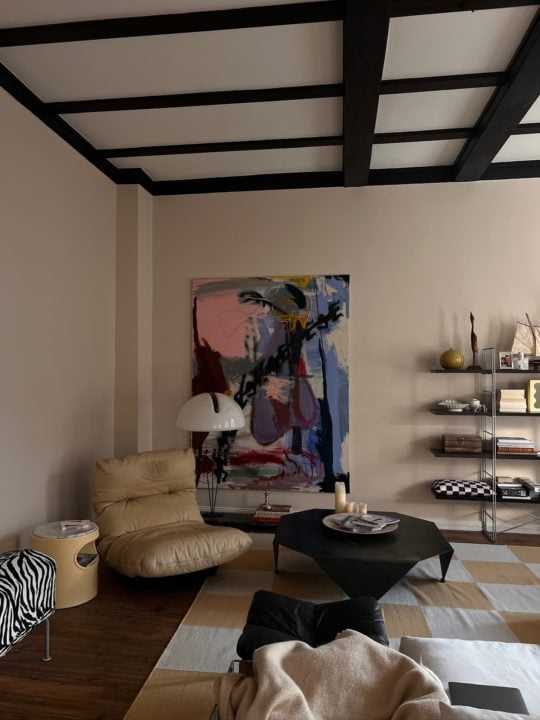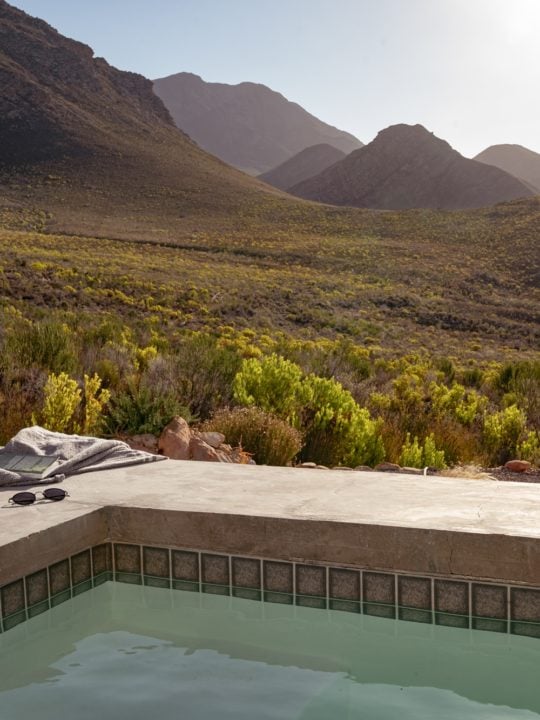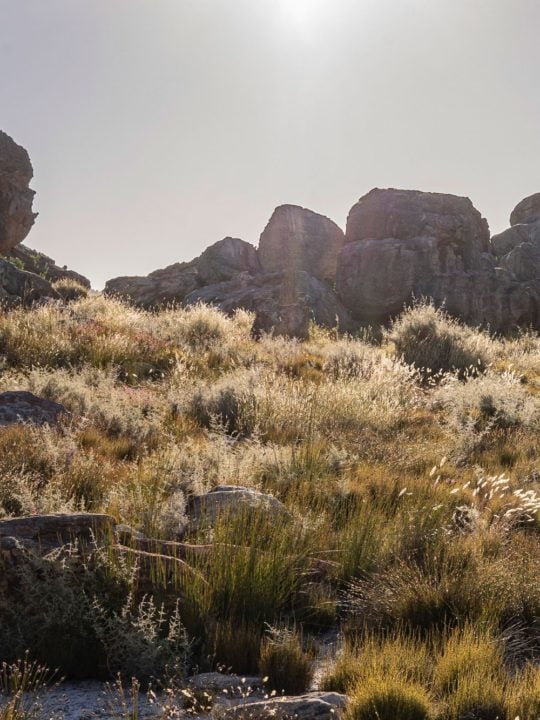BERLIN’S BEST WINTER HIKES
What are Berlin's best winter hikes?
Berlin may not strike one as the ideal city for hiking, especially in winter…
But German Wanderlust is simply overpowering. Even in winter, nature beckons, calling us into the woods for a brief escape from the chaos of daily life. As the days get longer and the weather fairer, here are some hikes to help you get through the rest of winter.
Teufelsberg
Teufelsberg as a “number one hike” should come as no surprise. Grunewald, where Teufelsberg can be found, is one of few places in Berlin where a person can feel as though they’ve truly left the city and returned to nature. Wild animals roam the forests, and at 7,400 acres, it’s easy to get pleasantly lost in the Grunewald’s towering trees.
Teufelsberg itself, it should be stated, is an artificial structure. Its construction came about in the aftermath of World War Two, a time when rubble filled the city. Searching for a place to deposit this buildup of debris, the West German government opted to stack a significant portion of it on an incomplete Nazi college, accidentally creating what is now one of the highest peaks in Berlin. This new peak proved useful; a ski jump was built on the hill in the fifties, and visitors began to flock to the area as a hiking destination.
The thing that makes Teufelsberg most notable today, however, is its listening station. Built by the United States National Security Agency, it was once used to spy on the East Germans from over the wall. Today, the station has become a graffiti sanctuary, and a hike up the hill at Teufelsberg simply must end at the famed listening station. Tickets are available upon arrival or on their website. The entire experience, from the hike up to the exploration of the listening station, is one every Berliner or visitor to Berlin should have.
The easiest way to get to Teufelsberg is with the S7, getting off at the Grunewald stop and walking from there.
Plänterwald/Spreepark
Plänterwald is an area with a lot of mystery. While the park may appear as simply another forest, weaving in and out of this park’s many paths reveals near-endless treasures. If you’re satisfied by the simple peace and quiet of nature, there’s plenty of that; the thick tree density blocks out most of the city’s sounds, and the park offers numerous spots where one can sit and simply take in the forest around them.
But for photographers, Plänterwald contains one of Berlin’s most interesting and photogenic spots: the now-disused East German Spreepark. Spreepark was once one of the most popular amusement parks in East Berlin. Unfortunately, its success did not carry through the 90s, and the park ultimately closed in 2001. Rather than dismantling the park, however, the company opted to simply leave the attractions where they stood, and to this day, you can still see Spreepark’s Ferris Wheel peeking out in Berlin’s skyline.
For a long time, entering Spreepark was against the law, and while this is still technically the case, the Berlin government is slowly transforming the park into a space that they claim will mix a traditional park with cultural events like art openings and musical performances. To that end, they are occasionally opening up the park for concerts and tours. Dates for those events are available here. Still, even without entering the park, you can still manage some decent photos and interesting peeks into the past.
There are many ways to get to Plänterwald, but taking the S8, S85, or S9 to Baumschulenweg and walking from there offers the most opportunities for exploration.
Elstal
What Elstal lacks in elevation it makes up for in everything else. Elstal has history: the 1936 Olympic Village was situated in Elstal, and you can take tours of what remains of the village to this day. There’s an amusement park, which offers ice skating, treats, and more. But most importantly for us, nature abounds.
After you complete your tour of the Olympic Village, head toward Doeberitzer Heide. Once a military training ground, the land has since been converted into a nature reserve. Several paths of varying difficulties and lengths are offered, and even in winter you can see animals of all shapes and sizes roaming the park, including bison, horses, deer, and more.
Getting to Elstal takes some time, but it isn’t difficult. The RE4 goes to Elstal Bahnhof, so simply pick up the RE4 wherever you’d like to in the city.
Kienberg Park
If you’re a long-time resident of Berlin, don’t be surprised if you haven’t heard of Kienberg Park. Once just another destination in Berlin’s park system, this Marzahn park underwent a complete revitalization in 2017 and is now home to a fantastic view of the city thanks to the newly-constructed 30-meter-high lookout tower, dubbed the “Wolkenhain” after its cloudlike appearance. While this isn’t the most nature-heavy hike in Berlin—the park is well groomed with paved paths to accommodate visitors with disabilities—there is simply nothing like seeing Berlin from this perspective. Plus, if you simply want to hike down and not up, there is a cable car available to take you to the top, saving you a bit of energy while providing another phenomenal view.
Kienberg is also close to the Gardens of the World, one of Berlin’s most beautiful stops even in its off-season. You can make a day out of it; visit Kienberg in the morning and migrate over to Gardens of the World for the afternoon (though do be aware that the Gardens close at sundown).
Getting to Kienberg is easy; take the U5 toward Hönow and get off at U Kienberg. From there, the park should be in sight.
The Urban Hike
Berlin may be a naturally flat city, but as we’ve seen, the people have taken it upon themselves to add their own elevation. Staying in Marzahn, neighborhood hallmarks like the Plattenbauten (prefabricated concrete buildings that populated East Berlin) have led many to believe that these areas lack true character. This, thankfully, could not be further from the truth. Berlin has endless nooks and crannies to explore; Marzahn alone has a historic town with its own windmill and, if you’re just looking for a climb, a viewpoint overlooking the city available by appointment.
Other eager climbers can head westward to the Funkturm, the West’s answer to East Berlin’s TV Tower. A climb of about 300 steps leads you to a great view of the city, and there’s even a high-quality restaurant at the peak where you can get a drink and a bite to eat.
And if you’re just craving some nature in the city, parks like Humboldthain and Viktoriapark both offer wonderful walks perfect for explorers year-round.

